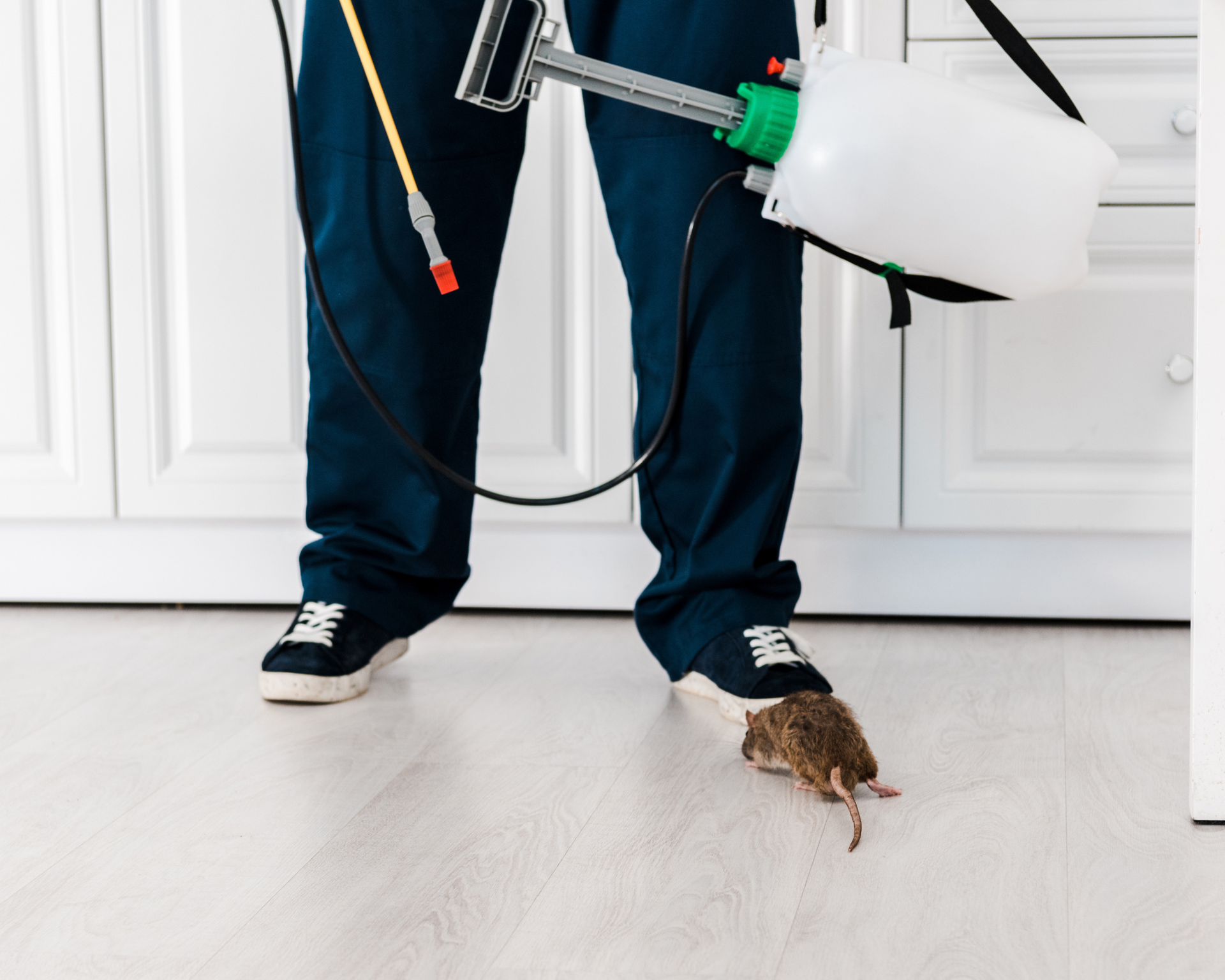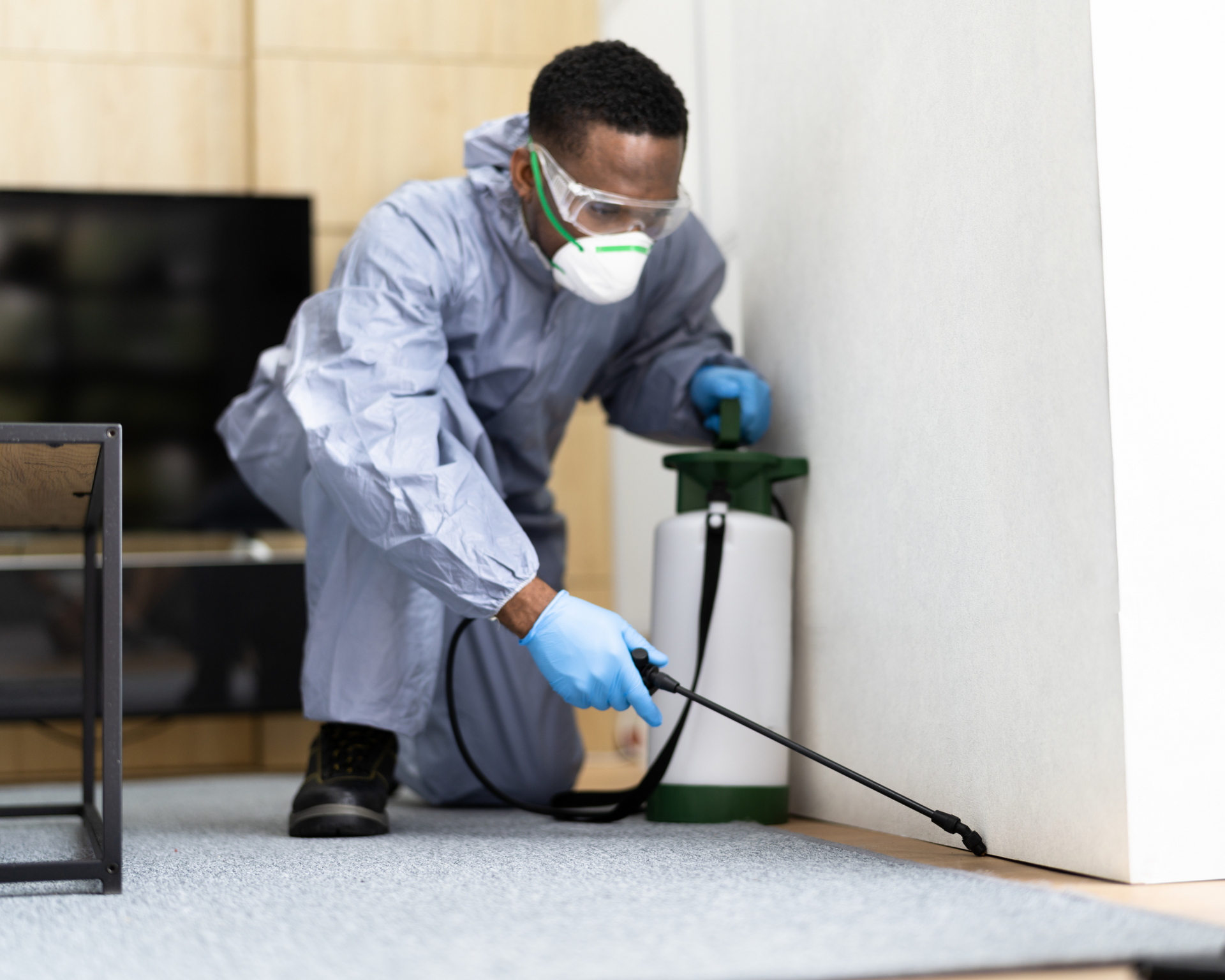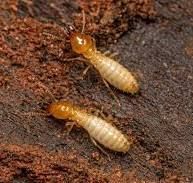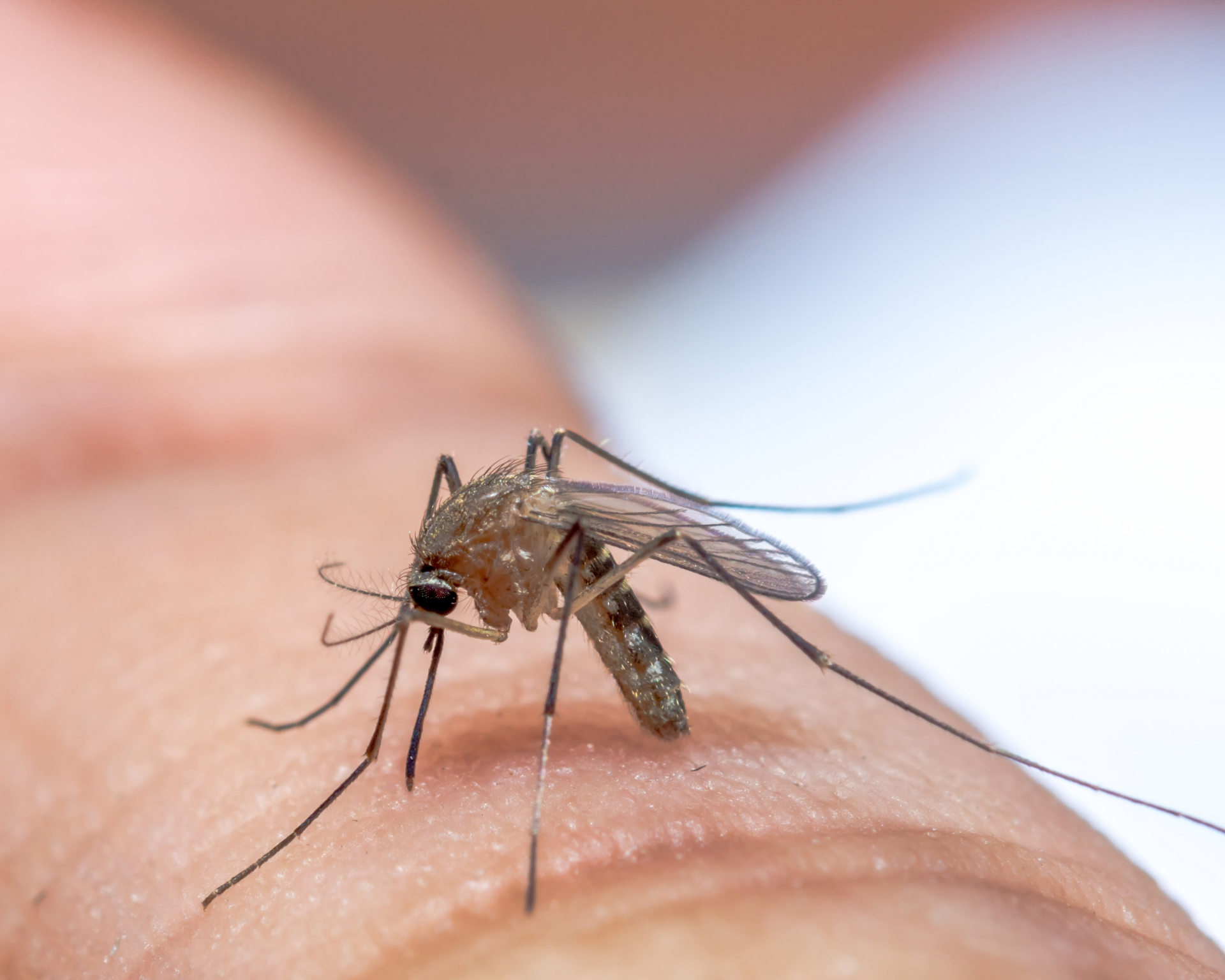What Are the First Signs of a Rodent Infestation?
Tell-tale Signs of a Rodent Infestation
Rodents like mice and rats are sneaky invaders that can cause big problems in your home. They chew through wires, spread diseases, and multiply quickly, turning a small issue into a major infestation. The good news is, there are clear signs to watch for that can help you catch them early. From droppings to strange noises, knowing what to look for can save you time, money, and stress. Let’s explore how to spot these unwelcome guests before they take over your space.
Why Early Detection Matters
Catching a rodent infestation early is crucial. Rodents are not just annoying—they can damage your home by chewing through walls, insulation, and even electrical wires, which can lead to fires. They also carry diseases like salmonella and hantavirus, putting your family’s health at risk. Plus, rodents reproduce rapidly, so a couple of mice can quickly turn into a full-blown infestation. By recognizing the first signs, you can act fast to protect your home and loved ones. Now, let’s dive into the key signs that rodents have moved in.

Key Signs of a Rodent Infestation
1. Droppings
One of the most obvious signs of a rodent problem is finding their droppings. Mouse droppings are small, dark, and shaped like grains of rice, while rat droppings are larger and more oval-shaped. You’ll often find these near food sources, in cabinets, under sinks, or along baseboards. If you spot droppings, it’s a clear sign that rodents are active in your home. Be sure to clean them up carefully, as they can carry harmful bacteria.
2. Strange Noises
Rodents are most active at night, so if you hear scratching, scurrying, or squeaking sounds after dark, it’s a strong indicator they’ve moved in. These noises often come from walls, ceilings, or hidden spaces like attics and basements. Rats, in particular, are noisy and can even be heard gnawing on wood or wires. If your home suddenly sounds like it’s hosting a midnight critter party, it’s time to investigate.
3. Gnaw Marks
Rodents have teeth that never stop growing, so they constantly chew to keep them sharp and short. Look for gnaw marks on furniture, wires, food packaging, or even walls. Fresh marks will appear lighter in color, while older ones will darken over time. Chewed wires are especially dangerous, as they can lead to electrical fires. If you notice unexplained damage around your home, rodents could be the culprits.
4. Nests
Mice and rats build nests using soft materials like shredded paper, fabric, or insulation. These nests are often hidden in dark, secluded areas such as behind appliances, in attics, or inside walls. If you stumble upon a pile of shredded material, it’s a sure sign that rodents are making themselves at home. Be cautious when inspecting these areas, as rodents can become aggressive if they feel threatened.
5. Unusual Pet Behavior
Pets, especially cats and dogs, often sense rodents before humans do. If your pet is acting unusually excited, pawing at walls, or staring at hidden spaces, they might be trying to tell you something. Rodents give off a distinct scent that pets can detect, so trust your furry friend’s instincts—they might just lead you to the source of the problem.
6. Grease Marks
Rodents have oily fur, and as they squeeze through tight spaces, they leave behind greasy smudges. These marks are often found along walls, baseboards, or entry points like cracks and holes. Over time, these trails can become more noticeable, especially in high-traffic rodent areas. If you see dark, greasy streaks, it’s a sign that rodents are regularly using that path.
7. Foul Odors
A strong, musky smell is another red flag. Rodents urinate frequently, and their urine has a distinct, unpleasant odor. In severe infestations, you might also detect the smell of decaying rodents if one has died in a hidden area. If your home suddenly smells off and you can’t find the source, it’s worth checking for other signs of rodents.
8. Footprints and Tail Marks
In dusty or less-used areas of your home, you might notice tiny footprints or tail marks. To confirm if these are from rodents, sprinkle a thin layer of flour or talcum powder in the area and check for fresh tracks the next day. This can help you determine where the rodents are traveling and how active they are.
Want To Learn More? Contact Us
By recognizing the early signs of a rodent infestation, you can take proactive steps to protect your home year-round. Rodents are more active in certain weather conditions, seeking shelter indoors as temperatures drop or searching for food sources during warmer months. Regular inspections, sealing entry points, and keeping food stored securely can help prevent an infestation from worsening. If you notice droppings, gnaw marks, or scratching noises, it’s crucial to act quickly. For expert assistance, contact us to learn how our professional pest control services can help you eliminate rodents before they become a bigger problem.
Our Additional Posts On Pest Control
Copyright © 2024 - St Augustine Pest Control by NFLP All Rights Reserved







